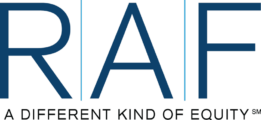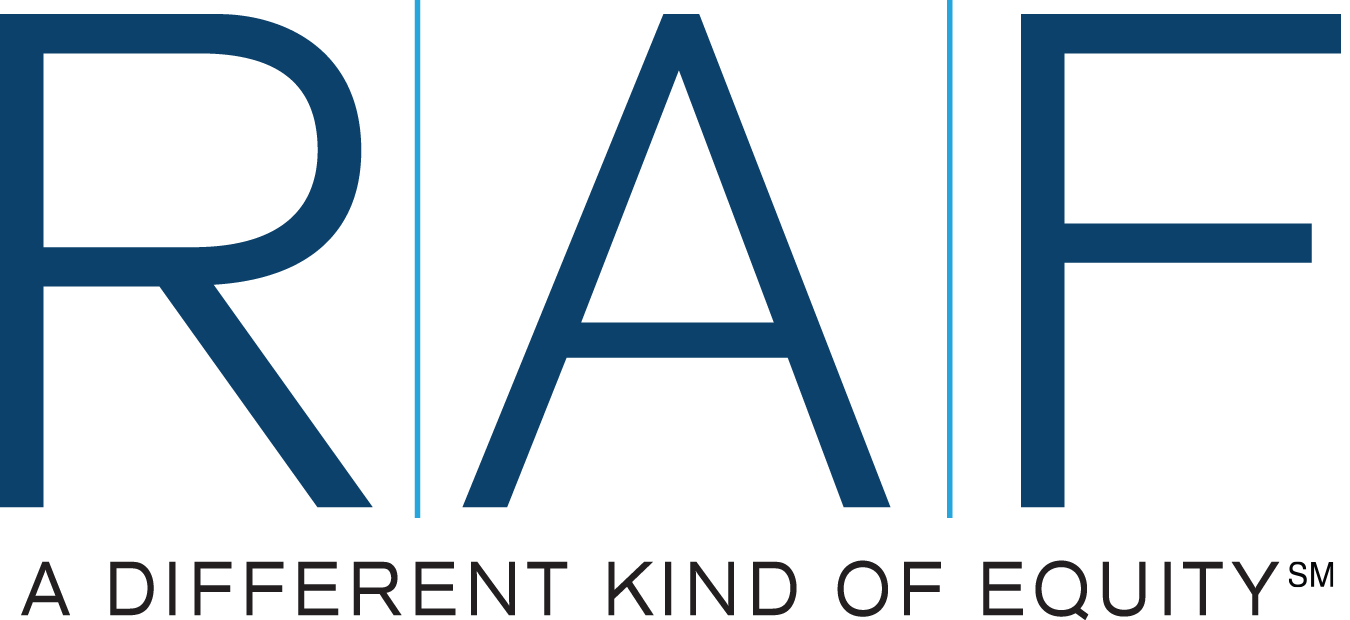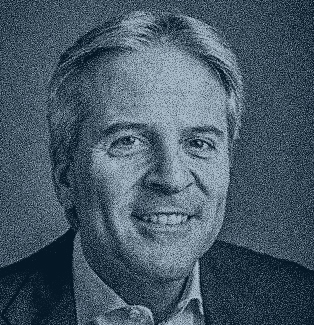

Take a deeper dive into how we think and why we’re unlike other firms. Learn what happens behind the scenes when we invest in a company – and see how our support over the long term results in successful outcomes.
We’re RAF. And we’re a different kind of equity.
Patient approach pays off

Chemistry meets opportunity

Expertise sparks growth

Quality generates success



















